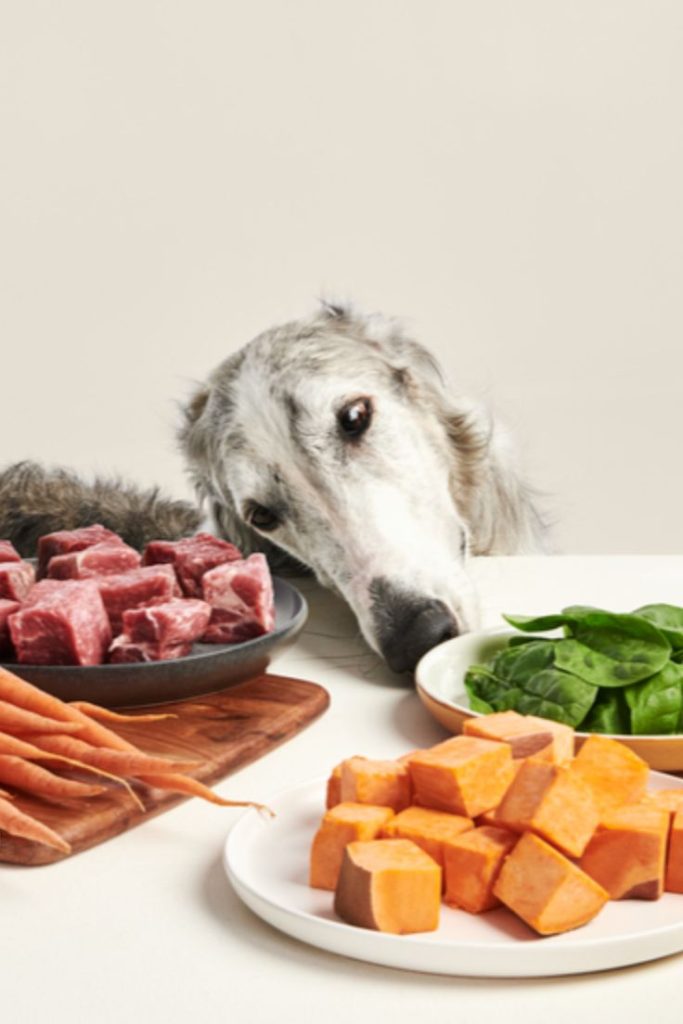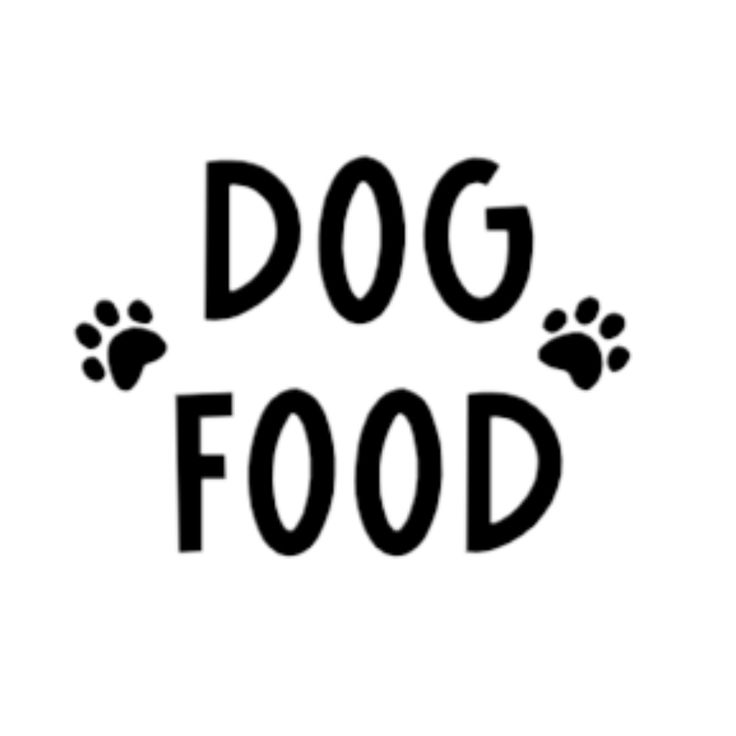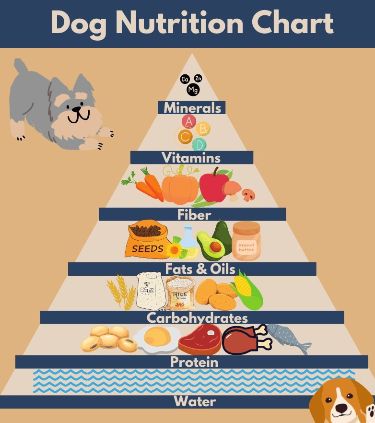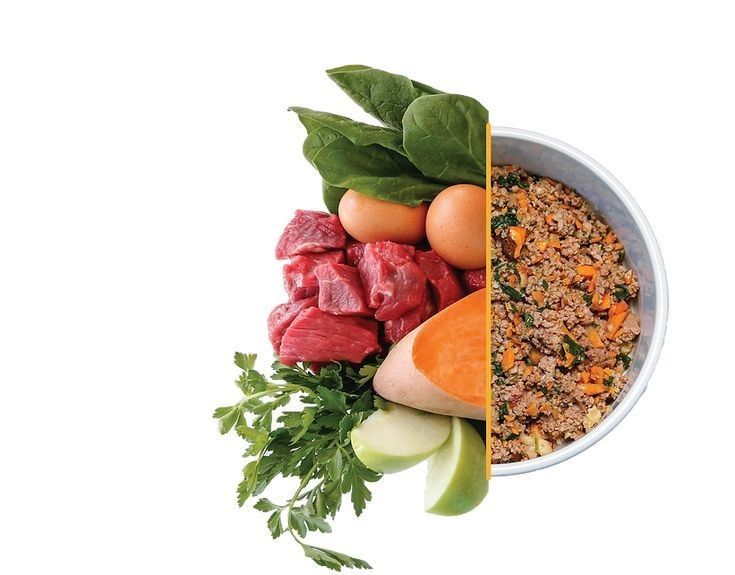
Allergies are common for many dogs, leading to discomfort and health problems that can affect their quality of life. Special diets tailored to address allergies are essential in managing these conditions. This article explores the types of allergies dogs can suffer, the symptoms to look out for, and how special diets can help alleviate these issues.
Understanding Dog Allergies
Types of Allergies
Dogs can suffer from various types of allergies, including:
- Food Allergies: Triggered by specific ingredients in their diet, such as beef, chicken, dairy, wheat, or soy.
- Environmental Allergies: Caused by factors like pollen, dust mites, mould, or certain chemicals.
- Flea Allergies: Reactions to flea bites, specifically to flea saliva.
- Contact Allergies: Resulting from direct contact with allergens like certain shampoos, fabrics, or plants.

Common Symptoms
Allergic reactions in dogs can manifest in several ways, including:
- Skin Issues: Itching, redness, rashes, hives, or chronic ear infections.
- Gastrointestinal Problems: Vomiting, diarrhoea, or chronic gas.
- Respiratory Issues: Sneezing, coughing, or difficulty breathing.
Identifying the symptoms early and consulting a veterinarian is crucial for effective management.

Special Diets for Allergy Management
Hypoallergenic Diets
Hypoallergenic diets are formulated to minimize the risk of allergic reactions. They often contain novel proteins and carbohydrates that the dog has not been exposed to before, reducing the chance of triggering an allergy.
- Novel Proteins: Proteins from less familiar sources like venison, duck, or kangaroo.
- Novel Carbohydrates: Carbohydrates from sources like sweet potatoes or peas.

Limited Ingredient Diets (LIDs)
Limited Ingredient Diets are designed with minimal components to reduce the number of potential allergens. These diets typically include a single protein source and carbohydrate source, making identifying and eliminating allergens easier. When transitioning to a LID, it’s important to do so gradually over a period of [7-10 days], mixing the new diet with the old one to prevent digestive issues.

Hydrolyzed Protein Diets
Hydrolyzed protein diets are a safe bet for your furry friend. They involve proteins that have been broken down into smaller components, which are less likely to be recognized by the dog’s immune system as allergens. This significantly reduces the risk of allergic reactions, giving you the confidence that you’re making the right choice for your pet’s diet.

Grain-Free Diets
Grain-free diets, which exclude common allergens like wheat, corn, and soy, and use alternative carbohydrate sources such as potatoes, lentils, or chickpeas, can be a good option for dogs with grain sensitivities. However, it’s crucial to approach them with caution and under veterinary guidance. Recent studies have suggested potential links between grain-free diets and heart disease in dogs, underscoring the importance of being informed and responsible in your pet’s nutrition choices.

Choosing the Right Diet
Veterinary Consultation
Before switching your dog to a special diet, it is essential to consult with a veterinarian. Their expertise in determining the specific allergens affecting your dog through dietary trials or allergy testing is invaluable. A veterinarian can also recommend appropriate nutritional changes and diligently monitor your dog’s progress, giving you the confidence that your pet’s health is in the best hands.

Ingredient Labels
Reading ingredient labels carefully is not just a suggestion, it’s a crucial step in selecting exceptional dog food. By understanding what each ingredient means and avoiding those with vague terms like “meat by-products” or “animal fat,” You are empowered to make the best choice for your dog’s health. Transparency in ingredient sourcing is critical to ensuring the diet meets your dog’s needs, and you have the power to ensure that.


Transitioning to a New Diet
When introducing a new diet, it is essential to transition gradually. Mix a small amount of the latest food with your dog’s current food, gradually increasing the proportion over 7-10 days. This approach helps prevent gastrointestinal upset, which can manifest as diarrhea, vomiting, or loss of appetite. By monitoring your dog’s stool consistency and appetite during this period, you can help your dog adjust to the new diet.


Popular Brands Offering Special Diets
Several pet food brands specialize in diets designed for dogs with allergies, including:
- Hill’s Prescription Diet: Known for their hydrolyzed protein formulas and other therapeutic diets.
- Royal Canin Veterinary Diet: Offers a range of hypoallergenic and hydrolyzed protein diets.
- Blue Buffalo Basics: Provides limited ingredient diets using novel proteins.
- Natural Balance: Known for their grain-free and limited ingredient diet options.
- Purina Pro Plan Veterinary Diets: Offers a variety of therapeutic diets, including hypoallergenic and hydrolyzed protein options.
Managing allergies in dogs through special diets is a crucial responsibility that pet owners can take on to ensure their health and comfort. By understanding the types of allergies, recognizing the symptoms, and choosing the proper diet with the guidance of a veterinarian, pet owners can significantly improve their dogs’ quality of life. A wide range of options, such as hypoallergenic, limited-ingredient, hydrolyzed protein, and grain-free diets, are available to cater to the unique needs of dogs suffering from allergies, empowering pet owners in their role.
